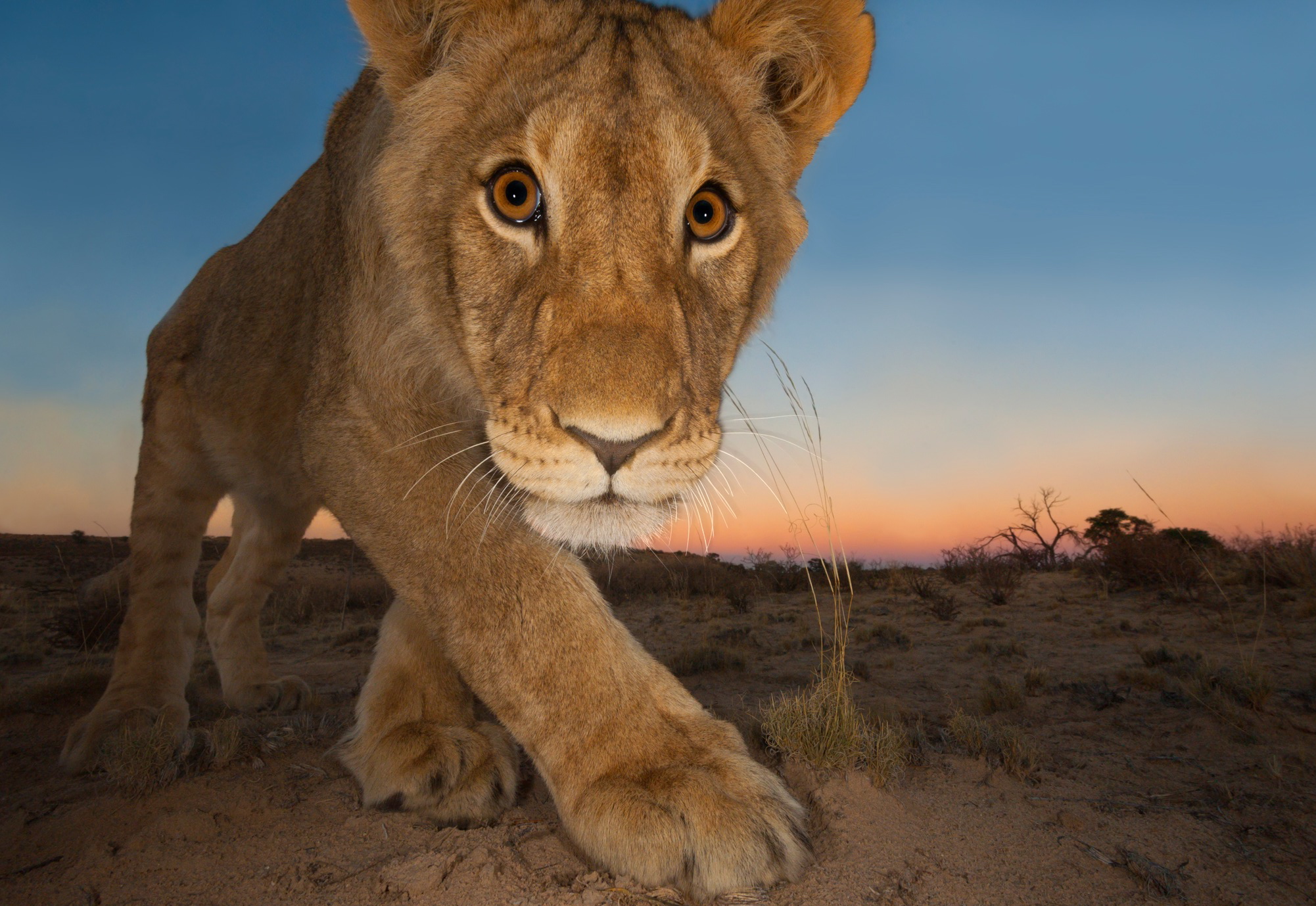Cienaga Wildlife Photography Tips
Share
Cienaga, a picturesque town located on the Caribbean coast of Colombia, is a hidden gem for wildlife photography enthusiasts. Nestled between lush mangroves and serene wetlands, this area offers a unique opportunity to capture stunning images of diverse fauna and flora. If you’re planning a trip to Cienaga for wildlife photography, here are some essential tips to help you make the most of your experience.
Understanding Cienaga's Unique Ecosystem
Cienaga is rich in biodiversity, with various ecosystems ranging from wetlands to mangrove forests. This diversity creates a habitat for numerous species, including birds, reptiles, and mammals. Understanding the local ecosystem is crucial for effective wildlife photography.
Key Species to Photograph
-
Birds: Cienaga is home to many bird species, including herons, egrets, and flamingos. Early mornings or late afternoons are the best times to capture these beautiful creatures in action.
-
Reptiles: Look out for iguanas and various snakes that inhabit the area. They can often be seen basking in the sun or hiding in the foliage.
-
Mammals: While more elusive, you might spot capybaras or even the occasional jaguarundi if you’re lucky.

Best Time to Visit
The ideal time to visit Cienaga for wildlife photography is during the dry season, which runs from December to March. During this period, the weather is typically sunny and dry, making it easier to spot wildlife. However, the wet season (April to November) also has its advantages, as the lush greenery attracts more animals.
Weather Information
- Dry Season: Warm temperatures averaging 28-32°C (82-90°F) with low humidity.
- Wet Season: Cooler temperatures around 24-28°C (75-82°F) with higher humidity and frequent rain showers.
Essential Photography Gear
To capture the beauty of Cienaga's wildlife, having the right equipment is crucial. Here’s a list of recommended gear:
-
Camera: A DSLR or mirrorless camera with a good zoom lens (at least 200mm) is ideal for wildlife photography.
-
Tripod: A sturdy tripod will help stabilize your shots, especially in low light conditions.
-
Filters: Polarizing filters can reduce glare and enhance colors in your images.
-
Extra Batteries and Memory Cards: Wildlife photography often requires patience, so having extra power and storage is essential.
Techniques for Capturing Wildlife
Patience is Key
Wildlife photography requires a lot of patience. Spend time observing your subjects and wait for the right moment to capture them in action.
Use Natural Light
Natural light can greatly enhance your photographs. Early morning and late afternoon provide the best lighting conditions, creating soft shadows and vibrant colors.
Focus on Composition
Consider the rule of thirds when framing your shots. Position your subject off-center to create a more dynamic image. Look for interesting backgrounds that complement your subject.
Ethical Wildlife Photography
Respecting wildlife and their habitats is crucial. Here are some guidelines to follow:
-
Keep Your Distance: Use a zoom lens to avoid disturbing animals. Getting too close can stress them and alter their natural behavior.
-
Do Not Feed Wildlife: Feeding animals can disrupt their natural foraging habits and lead to dependency on humans.
-
Leave No Trace: Always clean up after yourself and minimize your impact on the environment.
Local Guides and Tours
Consider hiring a local guide who knows the area well. They can help you find the best spots for wildlife photography and provide insights into the local ecosystem.
Recommended Tours
- Birdwatching Tours: Specialized tours focusing on the diverse bird species in the area.
- Photography Workshops: Join a workshop to improve your skills while exploring Cienaga’s wildlife.
Accommodations in Cienaga
Finding the right place to stay can enhance your wildlife photography experience. Here are some options:
-
Eco-Lodges: Stay in eco-friendly accommodations that offer direct access to nature.
-
Hotels: Choose from a variety of hotels that cater to different budgets.
-
Camping: For the adventurous, camping in designated areas can provide unique opportunities for night photography.
For booking hotels, check out Hotels & Flights.
Getting There
Cienaga is easily accessible from Santa Marta, which is about 30 kilometers away. You can reach Cienaga by bus or taxi. The nearest airport is Simón Bolívar International Airport in Santa Marta.
For flight bookings, visit Flights.
Conclusion
Cienaga offers a unique opportunity for wildlife photography enthusiasts to capture stunning images of diverse species in their natural habitat. By understanding the local ecosystem, using the right gear, and following ethical practices, you can create breathtaking photographs that showcase the beauty of this remarkable area. So pack your camera, respect the wildlife, and get ready for an unforgettable photographic adventure in Cienaga!



